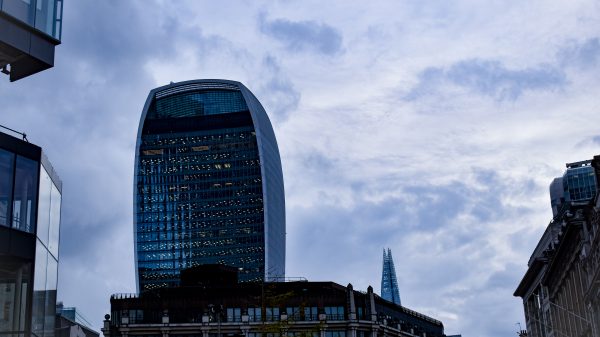In recent years, many startups thrived thanks to abundant capital, generous accelerators, and expectations of rapid growth. But today, in a more demanding environment, a silent phenomenon is multiplying: emerging companies that survive without progressing. They are called zombie startups. They have operational activity, may have users or some revenue, but they fail to grow, scale, or generate real profits. Most critically, they depend on external funding rounds to stay alive.
This type of company poses a threat to the entrepreneurial ecosystem, not only because it distorts the perception of success but also because it absorbs resources—human, financial, and public—that could otherwise support businesses with proven traction.
How to detect it
Detecting a zombie startup is not as simple as reviewing a balance sheet. Many display attractive metrics, such as downloads, visits, or media exposure, but at their core, they lack market validation, recurring revenue, or a customer base willing to pay consistently. Continuous reliance on venture capital without a clear path to profitability is a red flag.
Another common symptom is overspending relative to the actual stage of the business. Large teams, aggressive campaigns, and costly structures without justified returns are warning signs. In this context, initiatives such as adopting operationally focused technology can make a difference. Some small companies are opting for viable, practical solutions to modernize processes, as seen in cases where artificial intelligence is strategically implemented to optimize operations without overinvesting in custom development.
The context that created the problem
During the pandemic and post-pandemic period, liquidity injections into global markets encouraged the creation of new startups at record pace. However, many of these companies were built on inflated expectations without testing robust business models. Accelerated growth was prioritized over product validation, assuming there would always be another funding round to continue operations.
As interest rates rose and capital became more selective, this model stopped working. Investors now seek efficiency, scalability, and returns—not just vision. This left thousands of companies exposed, those that had relied more on enthusiasm than fundamentals.
The systemic risk of ignoring them
Zombie startups are not only a problem for founders or investors. Collectively, they affect the ecosystem. They make capital access more expensive for solid projects, create market distrust, retain talent in dead-end structures, and weaken the credibility of public policies supporting innovation.
Furthermore, during fiscal adjustments, many had received grants, incentives, or space in innovation hubs without proportional returns. When corrections occur, these failed bets also impact the public sector and employment.
Is there a way out? Only with realism
A startup in zombie mode can recover if it acts quickly and decisively. This involves cutting oversized structures, validating the product with real users, and refocusing resources on revenue-generating activities. Sometimes, it requires abandoning part of the original vision to preserve the essentials: a business model that works.
The path forward involves getting organized, prioritizing cash over narrative, rebuilding trust with investors and employees, and returning to the basics: creating real value that someone is willing to pay for. Only then can a company move from surviving to growing.
Sources:
- Intelectium: Qué es una startup zombie
- Investopedia: Zombie Companies
- Startup to Scale Up: How to Spot, Resurrect, or Bury Zombie Startups
- Beauhurst: What Are Zombie Companies?
- Holded: What is a Zombie Startup and What are the Signs?



























